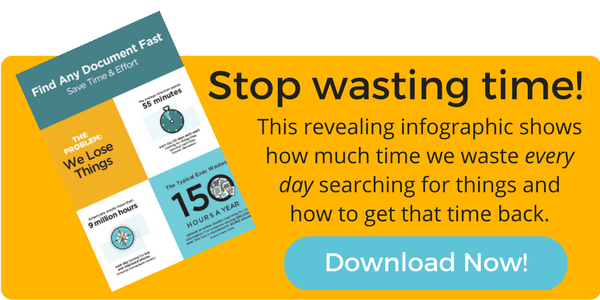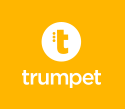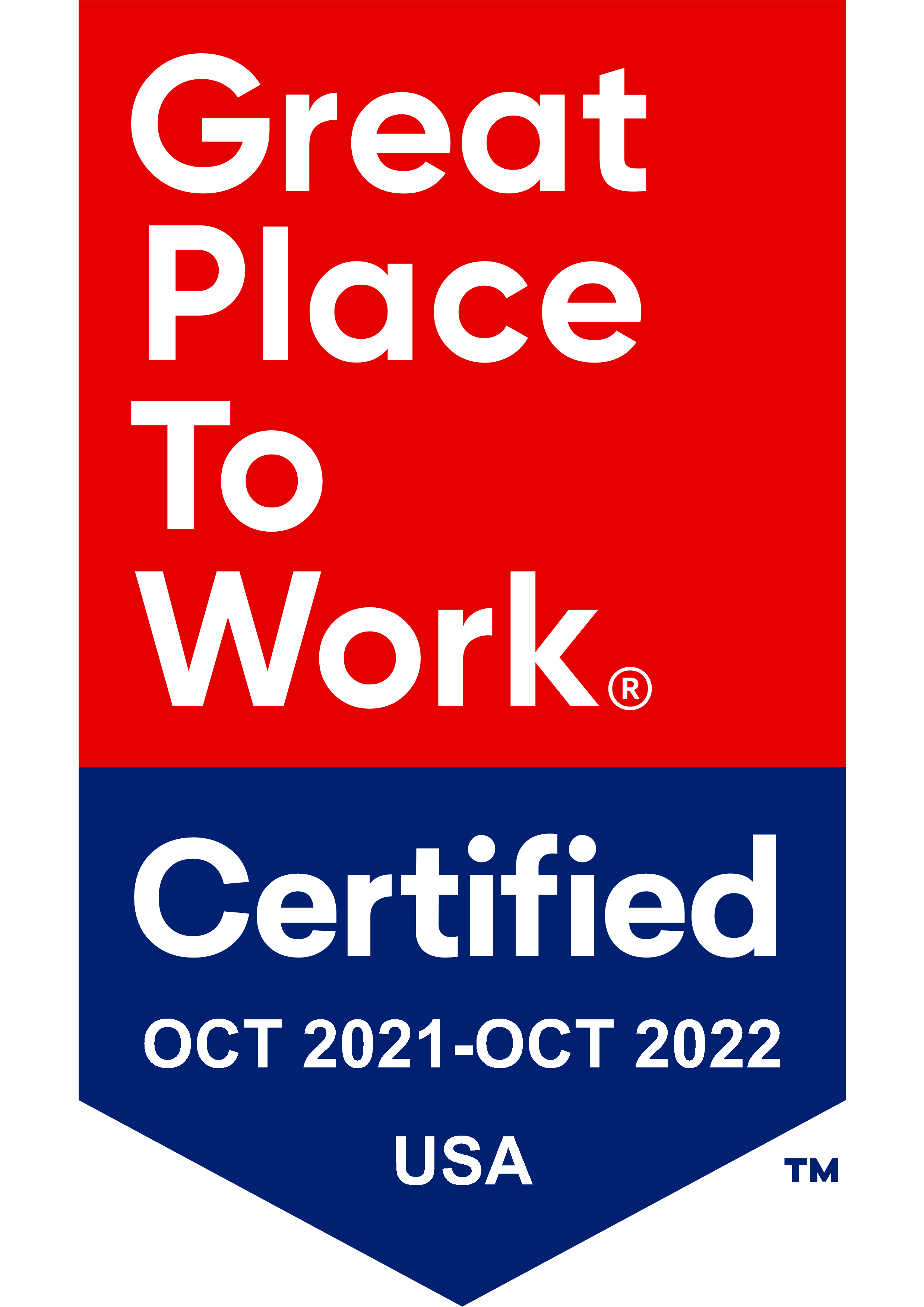
It’s probably safe to say that most everyone has heard the saying, “the right tool for the right job” or “you’re only as good as your tools.” As an IT director in a fast-paced law firm, it’s incredibly important that you and your team have the right tools (or in this case, software and technology) to help the firm perform daily tasks at a quick and efficient pace. In the words of Disney’s President Anne Sweeney, “A good leader should focus on making sure everyone is being given the tools to do their job, not just expecting - poof! - that they’re going to produce great work.”
So, what sort of tools, technology or software, are necessary for you and your team to improve the functionality of your firm and make the transition towards paperless?
An important task that comes to mind with the transition to “paperless” is making sure that all firm documents are text-searchable using OCR - however, there are a lot of different OCR software options on the market. How do you decide what’s best? That’s where Trumpet is here to help - check out our breakdown of OCR software and how you can determine the best solution for your firm.
OCR Software Capabilities You Already Have
One of the most beautiful things about using OCR software on your printer/scanner is that you probably already have it. After all, if your law office doesn’t contain a printer/scanner… is it really a law office? It’s a pretty simple concept - when you scan a document into your computer (like when your firm is transitioning to a paperless office) you can choose to apply OCR. Then, that document becomes text-searchable and you can search by any word within the document to find it again later.
Desktop OCR software is similar to the printer/scanner OCR in its benefits and its negative attributes. An example of desktop software that can perform OCR is Adobe Acrobat. With Adobe, you can also instantly transform your documents with OCR and make them text-searchable and editable.
The Cons of Your Current OCR Capabilities
As easy as these options are to apply since you already have the capabilities, they're not considered a scalable system. Sure, applying OCR to a few documents as you scan them in one morning seems relatively simple and quick. But what if your office is scanning thousand-page documents into their system? What if you’re tasked with putting boxes of old files into the new document management system and ensuring that they’re ALL OCRed? It's doable - but wildly inefficient.
Like the printer/scanner, you can run into two obstacles with time and efficiency if you’re using desktop software to OCR a large amount of documents. Using Adobe Acrobat will technically get the job done, but it will tie up whatever computer or computers you’re using Adobe on for an extended period of time. You won’t be able to use Adobe for anything else if you’re OCR-ing a large amount of files for your document management system.
A Simpler Software Solution
There is another solution on the market that many people haven't heard about - automated OCR. This option has all of the OCR capabilities of the printer/scanner and the desktop software, but it can be set up on a server and run in the background, constantly OCRing your documents without disturbing any of your other applications or workflow. It's not only an efficient solution, but a scalable one if your office is transitioning to paperless.
On of the leading automated OCR software's is Trumpet's Symphony OCR. This software has added value because it has the intelligence to go through existing documents and decide if they need OCR or not. This is an incredibly beneficial feature as many firms don’t realize they haven’t OCRed all of their scanned documents until they can’t find it with search. Case in point - at Trumpet, we offer a free Symphony analysis of your firm’s existing documents. We generally find that as many as 20-30% of a law firm’s documents haven’t been OCRed. That’s a large chunk of documents that are virtually unusable since they can’t be found via search.
Symphony OCR is an excellent solution for law firms at any stage in their paperless process - check out Trumpet’s free infographic and learn more about Symphony OCR today!




